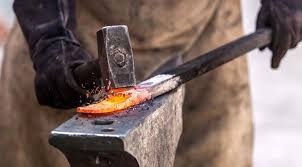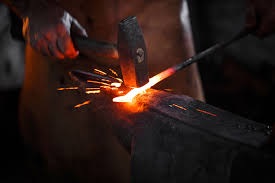Shade Of Metal
Shade Of Metal can have various shades depending on its composition and surface treatment. It often appears as a grayish-silver color, but it can also be coated or treated to achieve different shades, such as black, blue, or even rainbow-colored finishes.

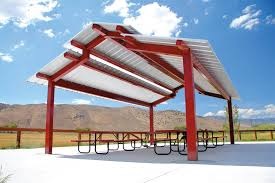

Metal Cutting
Metal can be cut using various methods such as sawing, shearing, laser cutting, plasma cutting, or waterjet cutting.
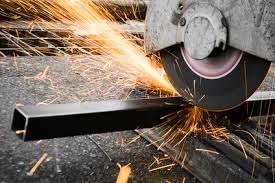
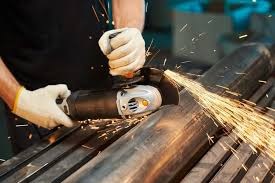
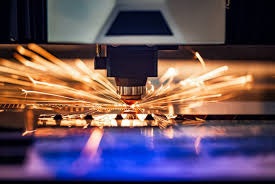
Metal Forming
This involves bending, rolling, or shaping metal into different shapes and forms using equipment like press brakes, rollers, or stamping machines.

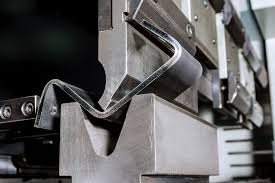
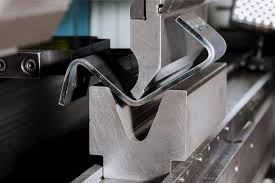
Metal Welding
Welding joins metal pieces together by melting and fusing them. Common welding methods include MIG (Metal Inert Gas), TIG (Tungsten Inert Gas), arc welding, and spot welding.


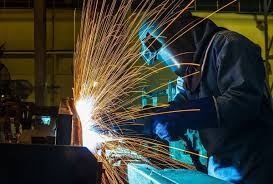
Metal Machining
Machining involves removing material from a metal workpiece to achieve the desired shape or finish. Techniques include milling, turning, drilling, and grinding.
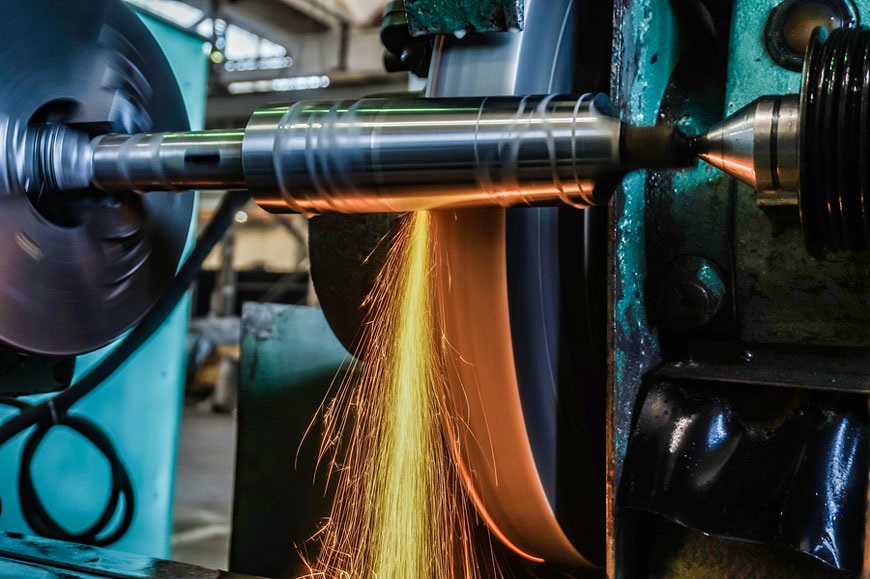
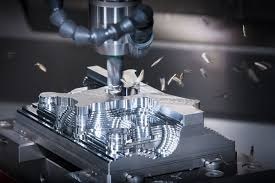
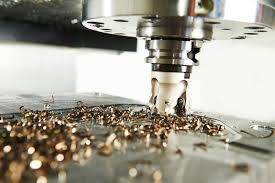
Metal Fabrication
Fabrication Assembly: Assembled components may be welded, bolted, or riveted together to create larger structures or products.
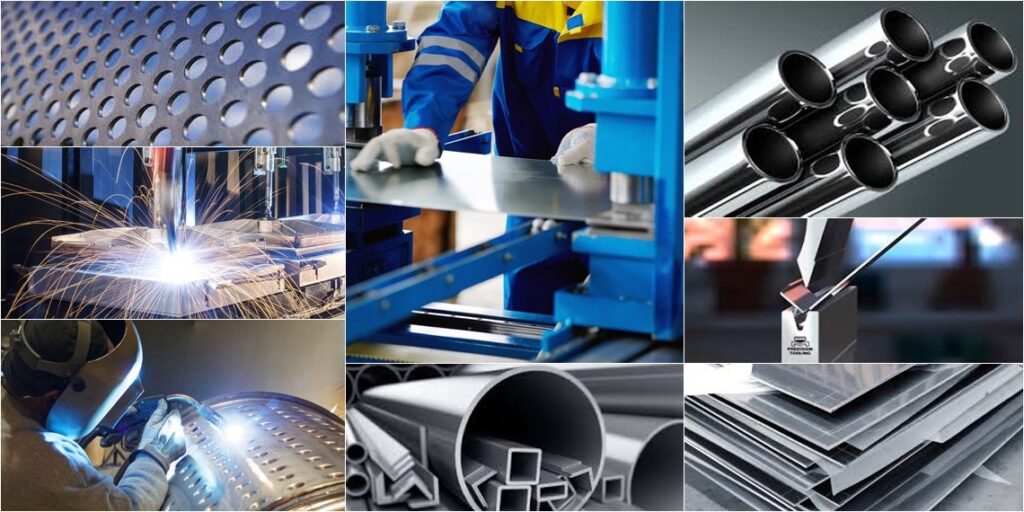
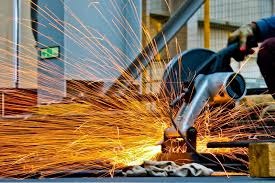
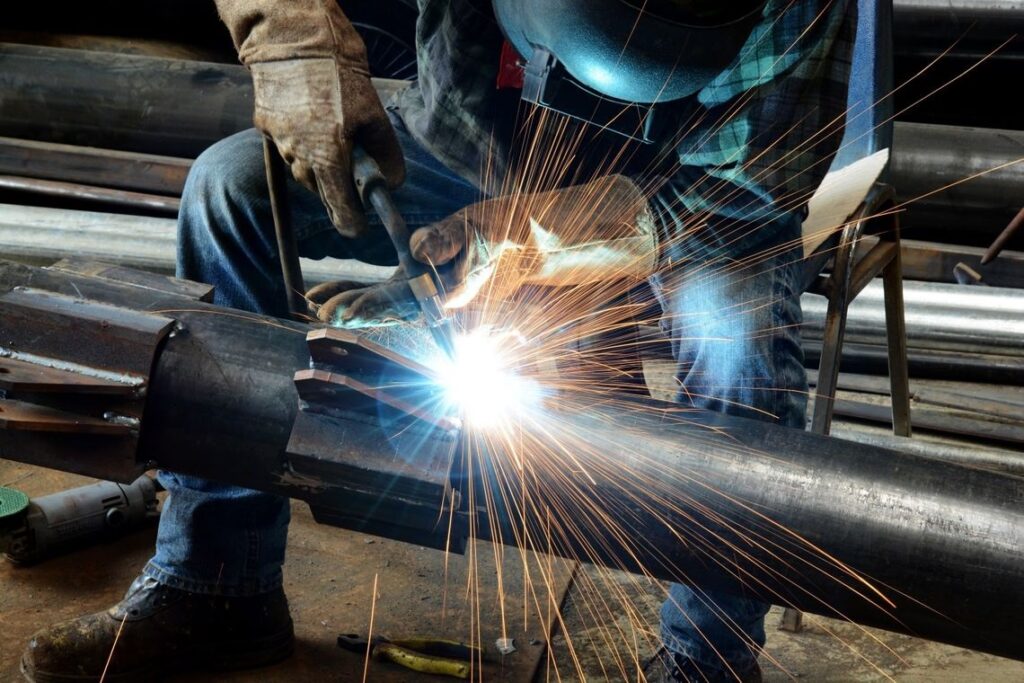
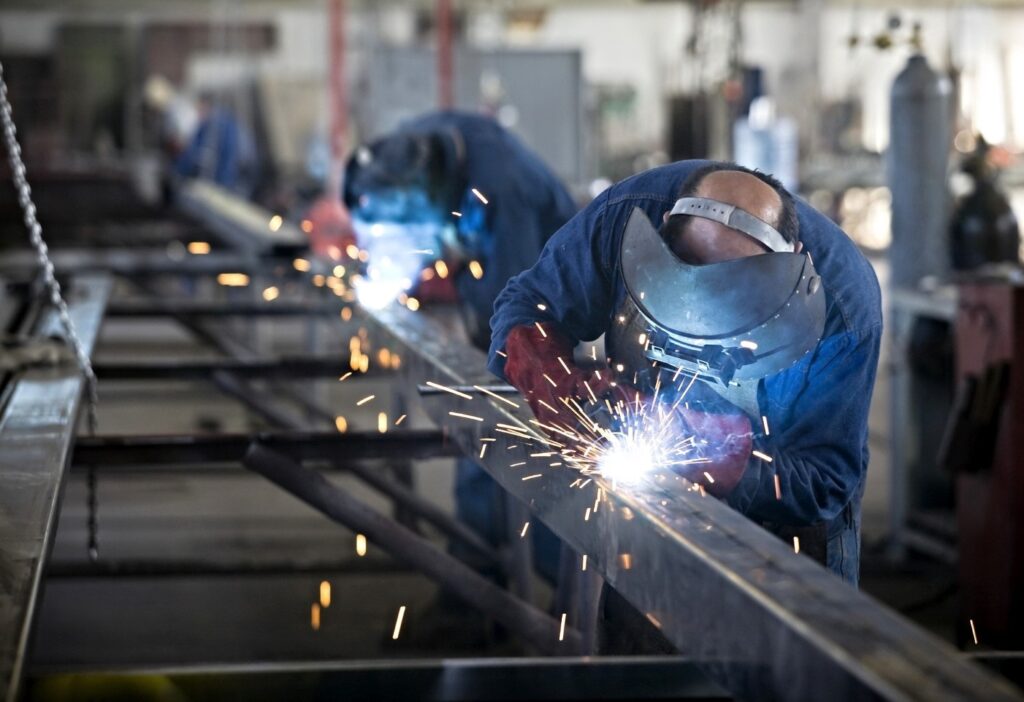
Metal Finishing
Finishing: After fabrication, metal may undergo finishing processes such as sandblasting, painting, powder coating, or plating to improve appearance, durability, or corrosion resistance.
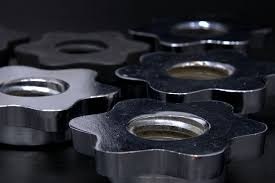

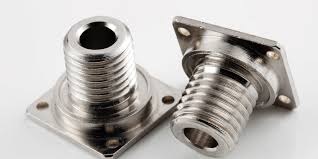
Metal Casting
In casting, molten metal is poured into a mold to create a specific shape. This can be used for intricate or large-scale metal parts.
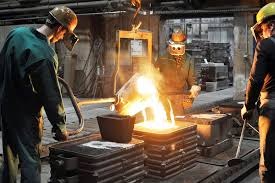
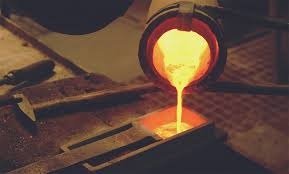
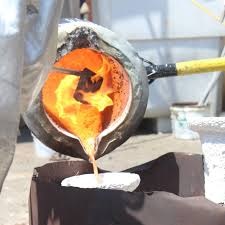
Metal Forging
Forging: Forging involves shaping metal through compressive force, typically using a hammer or press. This method is often used to create strong and durable metal components.

